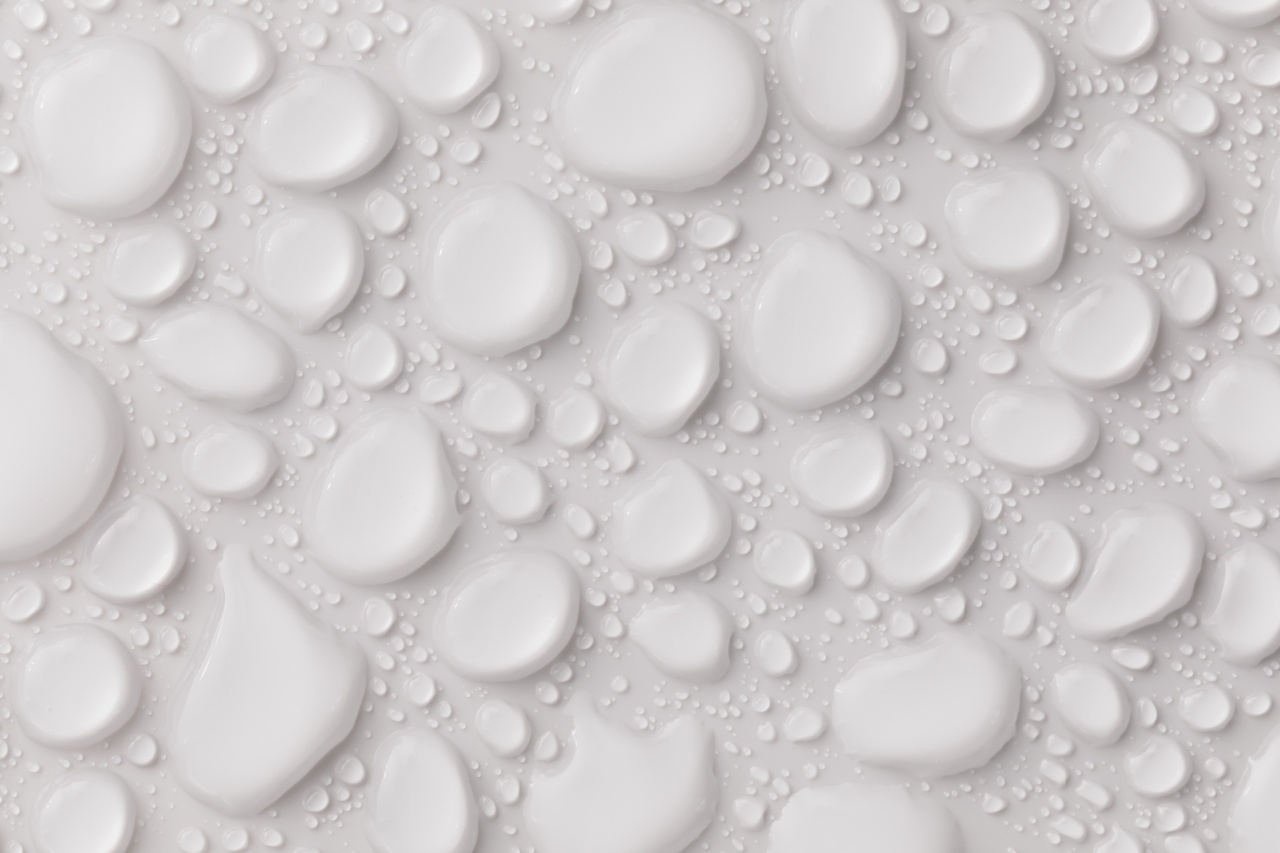Moisture has a significant effect on the severity and development of diseases in humans, plants, and animals.
Excessive moisture levels can not only cause harm to the affected areas but can also promote the growth of pathogens and other disease-causing agents. Understanding the effects of moisture on disease severity is of utmost importance for effective prevention, diagnosis, and treatment of various diseases.
How Moisture Affects Human Health
In humans, moisture is a critical factor in the development and spread of diseases such as asthma, allergies, and fungal infections. Prolonged exposure to moisture or high levels of humidity can trigger asthma attacks and worsen existing allergies.
The presence of moisture in indoor environments such as damp buildings and poorly ventilated areas can also lead to the growth of molds and other fungi, which can cause respiratory infections and other health problems.
Moisture also plays a significant role in the transmission of vector-borne diseases such as malaria and dengue fever. Mosquitoes, which are the primary vectors for these diseases, require moisture to complete their life cycle and breed.
Thus, areas with high moisture content such as stagnant water bodies, wetlands, and flooded areas provide ideal breeding grounds for mosquitoes, increasing the risk of disease transmission.
Effects of Moisture on Plant Health
Moisture is essential for plant growth and development. However, excessive moisture can have adverse effects on plant health and productivity.
High moisture levels in the soil can lead to root rot, a fungal disease that affects the roots, causing them to rot and die. Root rot can reduce plant growth and yield, and in severe cases, it can kill the entire plant.
Excessive moisture levels can also lead to the growth of fungal diseases such as powdery mildew and downy mildew, which can affect the leaves, stems, and flowers of plants.
These diseases can reduce photosynthesis and nutrient uptake, leading to stunted growth and reduced yield.
Effects of Moisture on Animal Health
In animals, moisture plays a critical role in the development and spread of diseases such as dermatitis, foot rot, and pneumonia.
Prolonged exposure to moisture or wet conditions can cause the skin of animals to soften and become more susceptible to bacterial infections. Foot rot, a bacterial infection that affects the feet of animals such as cows and sheep, is more common in wet and muddy conditions, as the bacteria thrive in these environments.
Moisture can also affect animal respiratory health. Wet and damp conditions can cause a buildup of ammonia and other gases, which can irritate the lungs and cause respiratory problems such as pneumonia.
Preventing Moisture-Related Diseases
Preventing moisture-related diseases requires a combination of measures, including proper sanitation, ventilation, and moisture control.
In indoor environments, maintaining proper ventilation and humidity levels can help prevent the growth of molds and other fungi. Regular cleaning and disinfection of surfaces can also help prevent the spread of disease-causing pathogens.
In outdoor environments, proper drainage and management of water bodies can help prevent the breeding of disease vectors such as mosquitoes. Proper soil management practices can also help prevent the growth of fungal diseases in plants.
Treating Moisture-Related Diseases
Treating moisture-related diseases depends on the specific disease and its severity. In humans, treatment may involve antifungal or antibiotic medications, depending on the type of infection.
In plants, treatment may involve the use of fungicides or other chemical treatments to control fungal diseases. In animals, treatment may involve antibiotics or other medications to control bacterial infections.
Prevention is always the best strategy, as it is often easier and more cost-effective than treatment.
Understanding the effects of moisture on disease severity is crucial for effective prevention and treatment of moisture-related diseases in humans, plants, and animals.
In Conclusion
Moisture plays a critical role in the development and spread of diseases in humans, plants, and animals. Excessive moisture levels can promote the growth of pathogens and disease-causing agents, leading to increased disease severity.
Proper prevention and treatment strategies are crucial for effective management of moisture-related diseases.





























